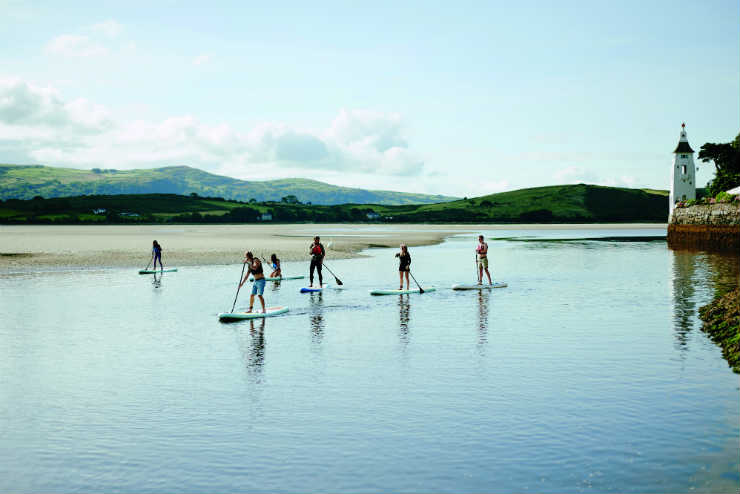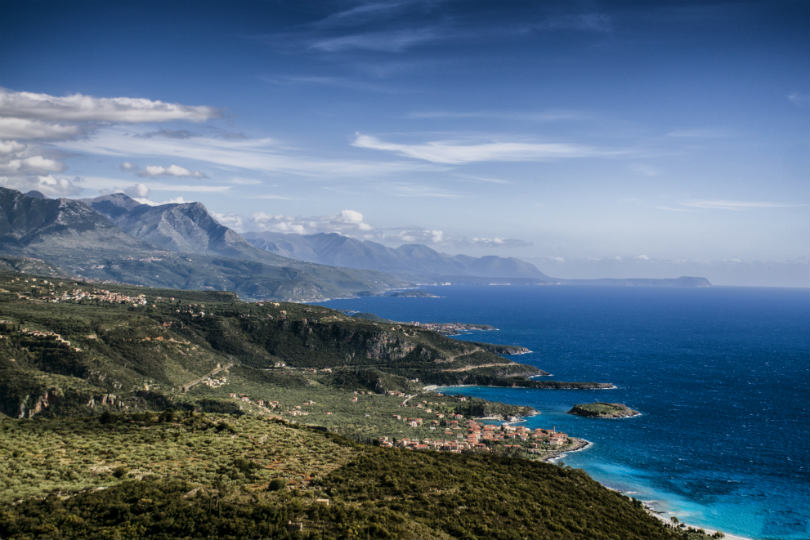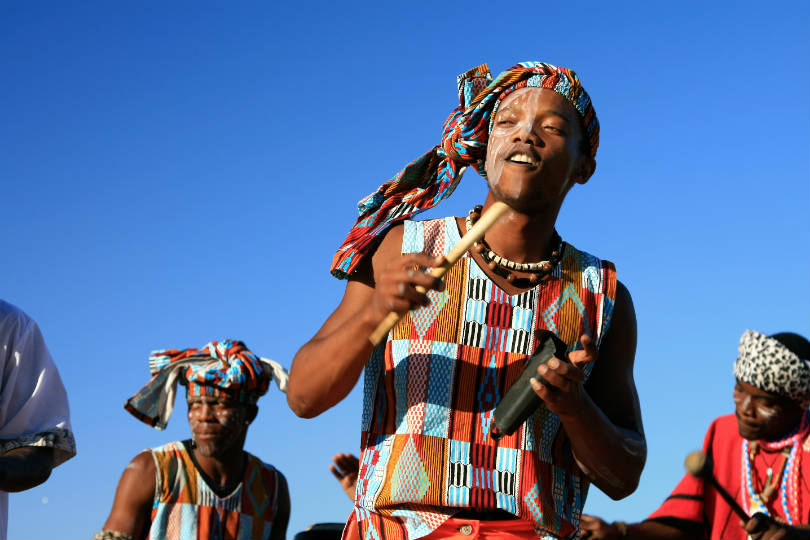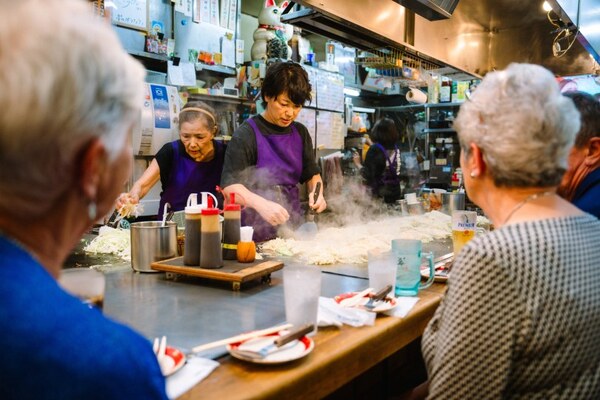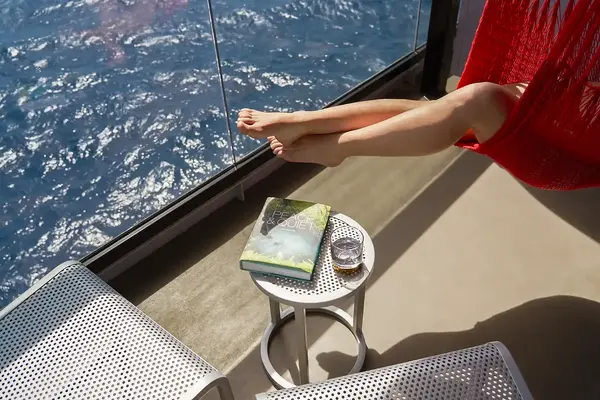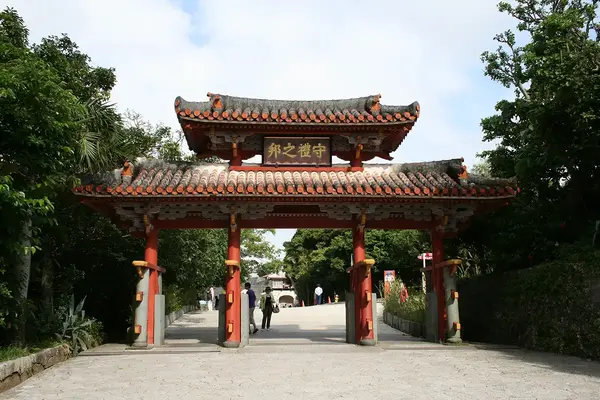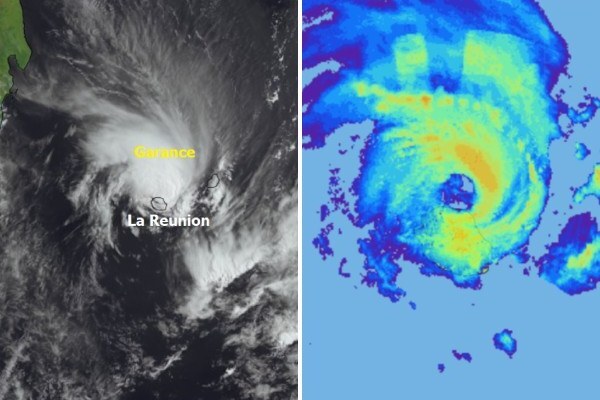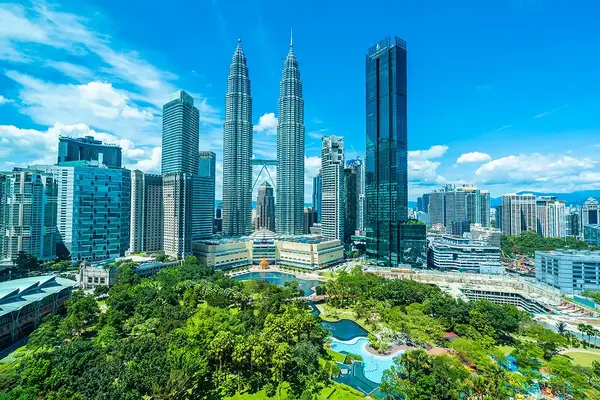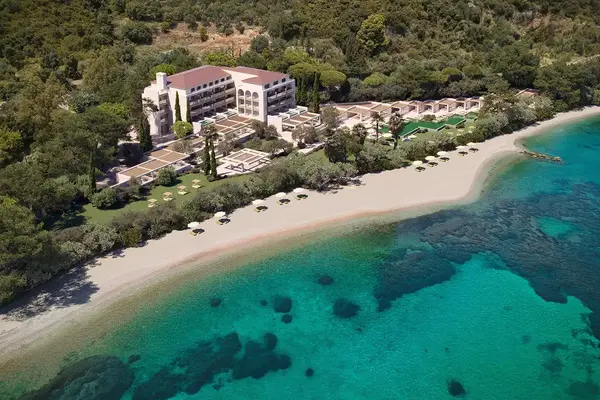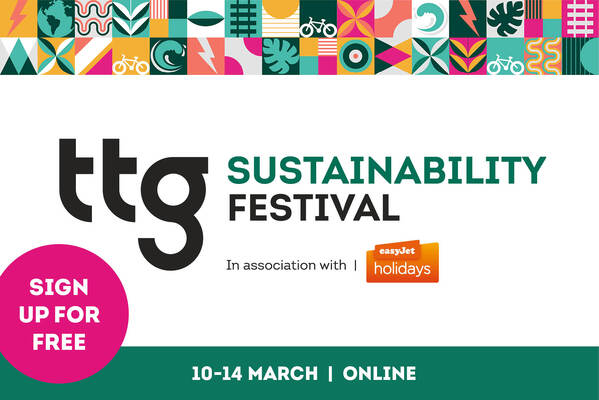Why South Africa's unspoilt Wild Coast should be on your radar
While South Africa’s Western Cape and KwaZulu-Natal provinces are loved for their beaches, the Eastern Cape remains lesser visited by UK clients.
Yet the province, and specifically its Wild Coast region, is home to swathes of spectacular, unspoilt coastline.
“We have beautiful, clean beaches – many of which are almost empty, save for a few friendly cows,” said Uncuthu Tours’ Wild Coast guide Siseko Yelani, who I met at a recent South African Tourism evening.
The Wild Coast – so-named for its rugged beaches and the shipwrecks that dot its seabed – stretches for more than 215 miles from East London to Port Edward, and is ideal for clients seeking an off-the-beaten-track experience, said Siseko.
“The advantages of the Wild Coast are that it is both rural and coastal. It’s perfect for clients who have visited Cape Town, Durban and Soweto and are looking for something different.”
The region stretches inland, where clients can visit traditional villages and meet the Xhosa people.
On local village tours, clients can stay in a homestead and enjoy an authentic dinner, complete with umngqusho, a dish made with maize and beans, and imifino, a hearty mixture of greens.
Clients can also join in with traditional dances performed by local women.
The Wild Coast is also a popular hiking destination, and clients can take guided hikes between villages, meeting locals along the way.
As well as beaches and villages, the Wild Coast brims with nature reserves teeming with local flora, fauna and rock formations such as Hole in the Wall, a sandstone cliff with a natural arch caused by the crashing waves of the Indian Ocean.
Siseko recommends a visit to Magwa waterfalls. “They’re like Victoria Falls on a smaller scale,” he said.
And for clients who want to honour the Founder of the Nation, suggest a visit to Mthatha – hometown of Nelson Mandela and the location of the Nelson Mandela Museum.


